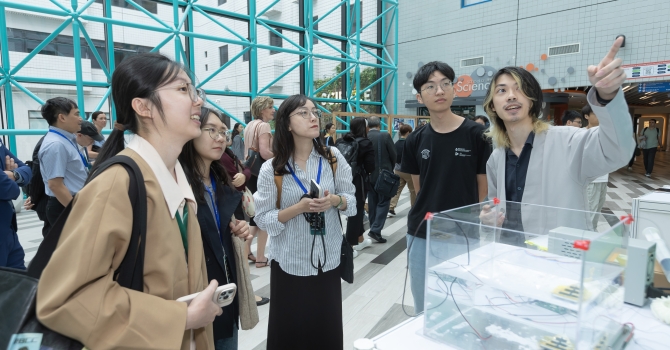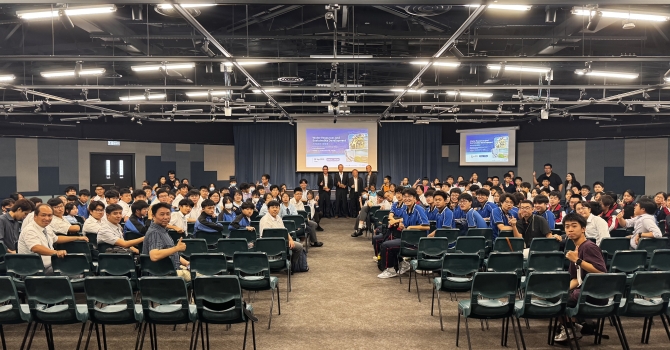The New HKUST Green Lab Standard – Life Science Laboratory Upgrades
HKUST has unveiled its newly renovated Life Science laboratory in the 6H zone, setting a new benchmark for sustainable laboratory design. The state-of-the-art facility, tailored to meet user needs, embraces an open-concept layout with 30% partitioned spaces and 70% open workstations. This innovative design fosters collaboration by allowing researchers to share critical facilities, including cold rooms, biobanks, tissue culture rooms, ice makers, and fume cupboards.
The renovation project was executed in phases: Phase 1 (Zone J) was completed in January 2022, followed by Phase 2 (Zone H) in July 2024. Phase 3 (Zone J) is slated to begin construction in Q2 2025. The laboratory incorporates cutting-edge energy efficiency features, aligning with HKUST’s commitment to its net-zero journey.
Energy Efficiency Innovations
The upgraded laboratory integrates several sustainability-focused features:
- Efficient Equipment Use: Ultra-low temperature (-80°C) freezers are housed in a centralized, cooled environment, optimizing space and energy use. Shared refrigerators enable regular defrosting, maintaining specimen integrity and operational efficiency.
- Humidity and Temperature Control: Despite Clear Water Bay’s high humidity, the lab maintains indoor conditions at a temperature of 24ºC and relative humidity below 70% through advanced air infiltration controls. Vestibules doubling up as pantries, and a positive-pressure buffer zone with an interlock-equipped doors minimize humid air infiltration.
- Occupancy-Based Lighting & Ventilation Control: Occupancy sensors manage lighting and ventilation in each zone. During unoccupied periods, LED lighting is dimmed or turned off after 15 minutes of inactivity; the temperature set point is increased by 2°C through the Building Management System (BMS), which also enforces a minimum flow set point at the VAV box. Fresh air supply is also reduced from 4 air changes per hour (ACH) when occupied to 2 ACH when unoccupied, while extra-low-flow fume cupboards are equipped with automatic sashes to further reduce ventilation energy. Further, LED task lights allows desk-based lighting energy controls, creating opportunities for further savings.
- Efficient Cooling: A pressure cascade ventilation system uses pre-cooled fresh air intake, complemented by local spot cooling units designed for high-heat equipment like -80°C freezers.
- Energy Submetering: A power metering system tracks usage across air conditioning, lighting, and lab equipment, providing data to optimize energy consumption.
- Resilience: Redundant cooling systems for cold rooms ensure uninterrupted operation during maintenance, effectively combining two cold rooms for reliability.
A Step Toward Net-Zero
As researchers begin occupying the facility, the lab’s energy-saving potential will become increasingly evident. The combination of shared resources, advanced humidity and occupancy controls, and efficient cooling systems positions the Life Science laboratory as a cornerstone of HKUST’s sustainability efforts.



